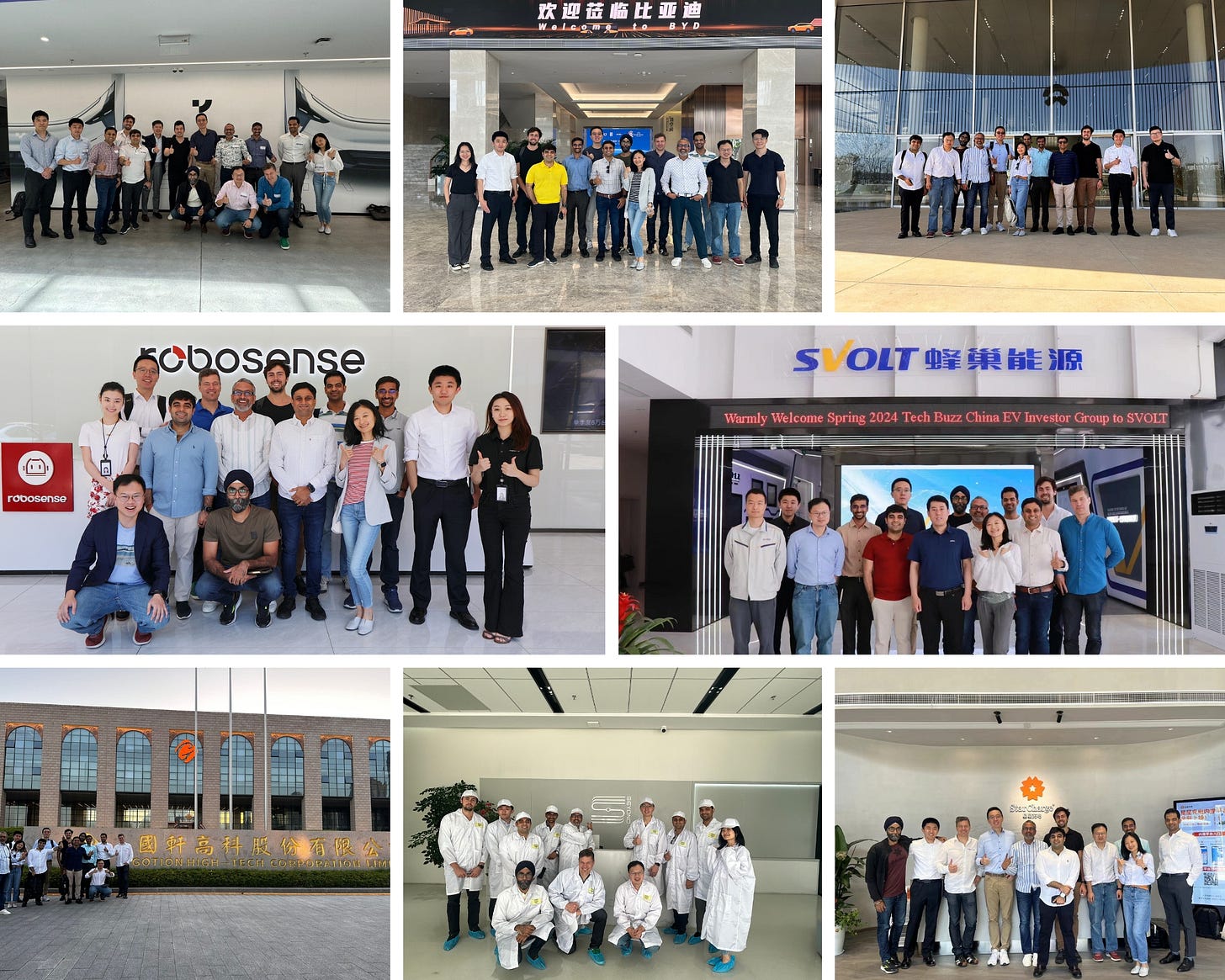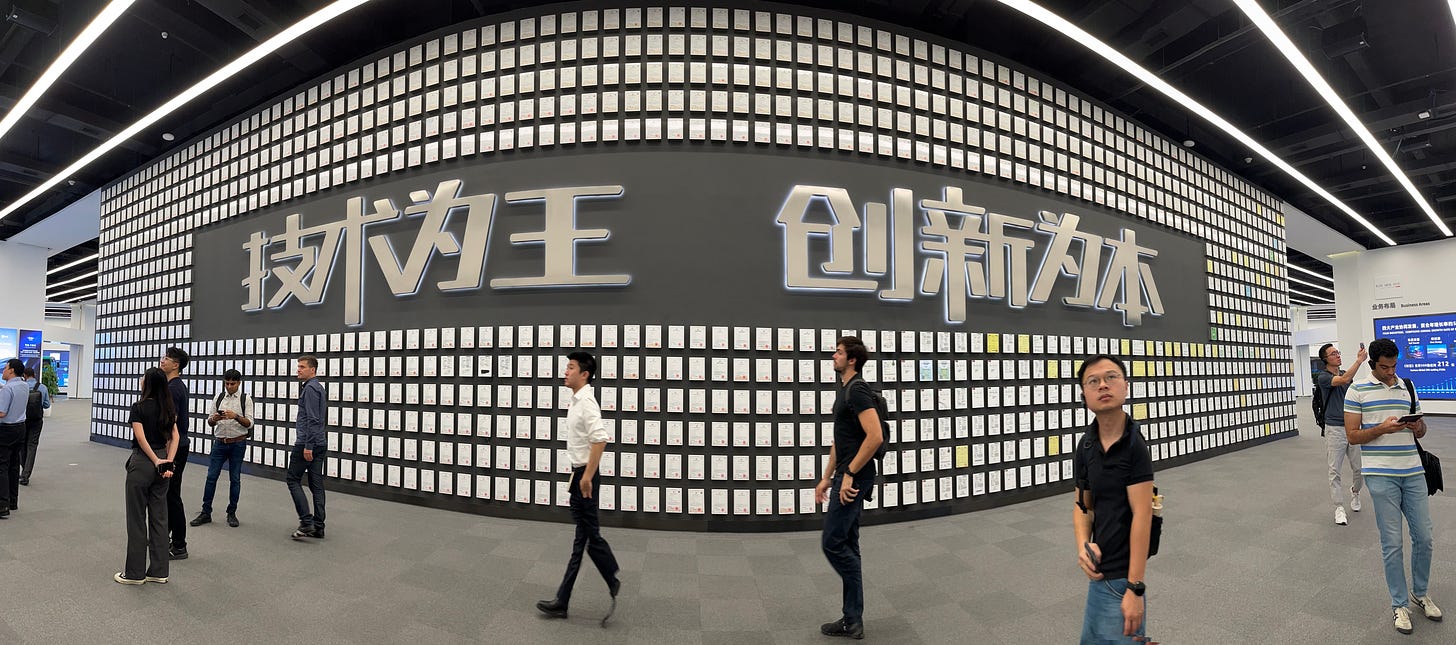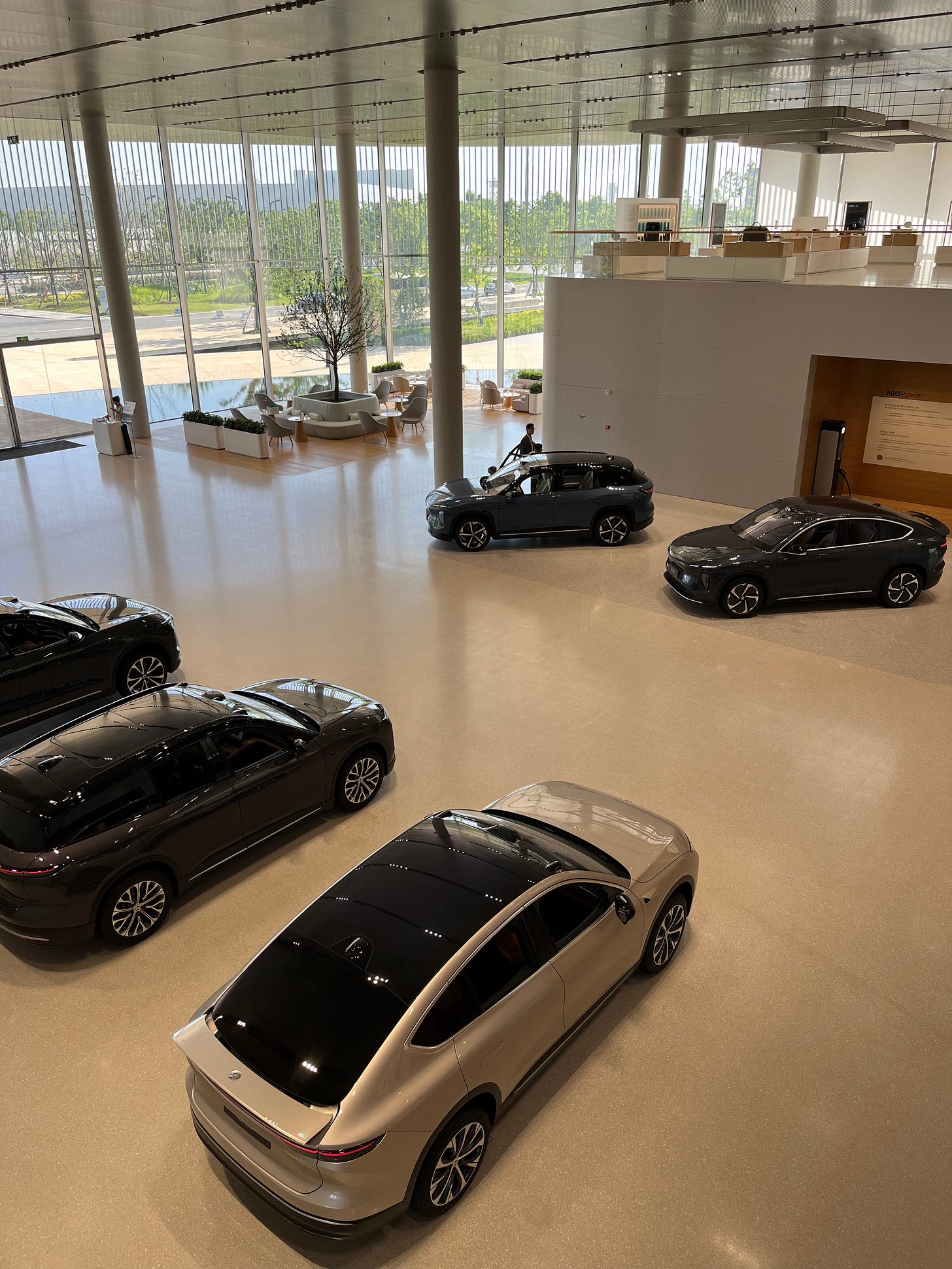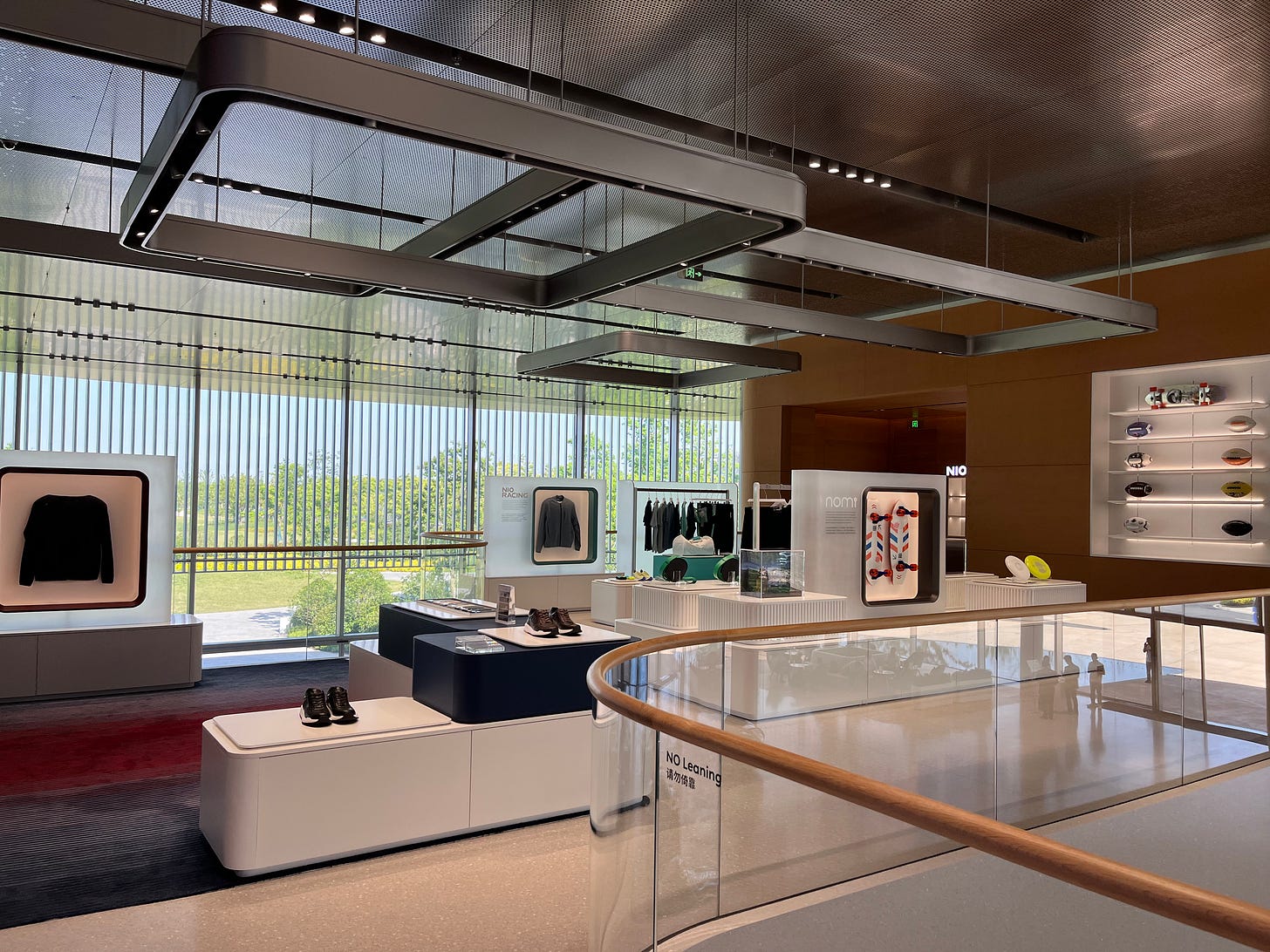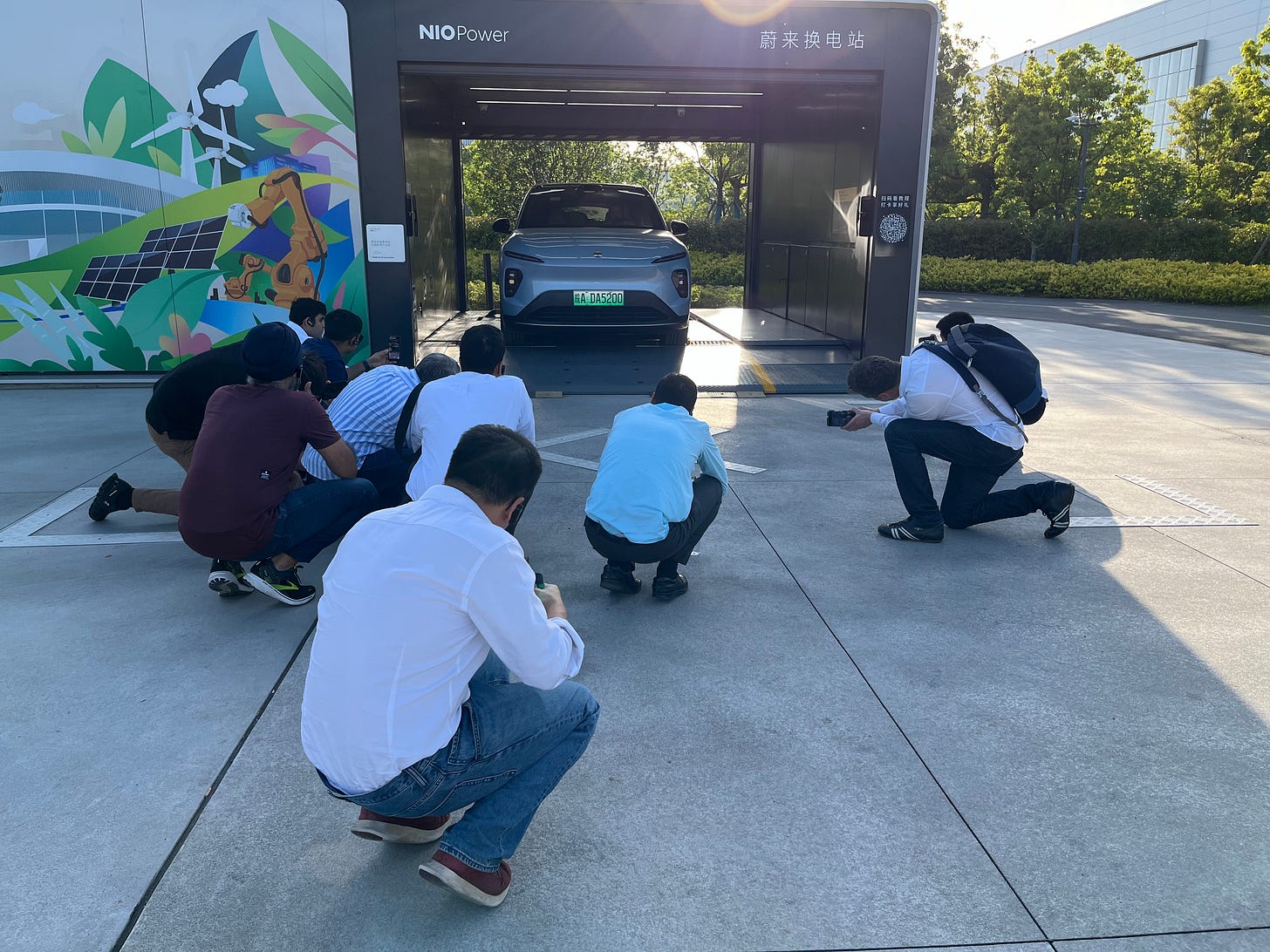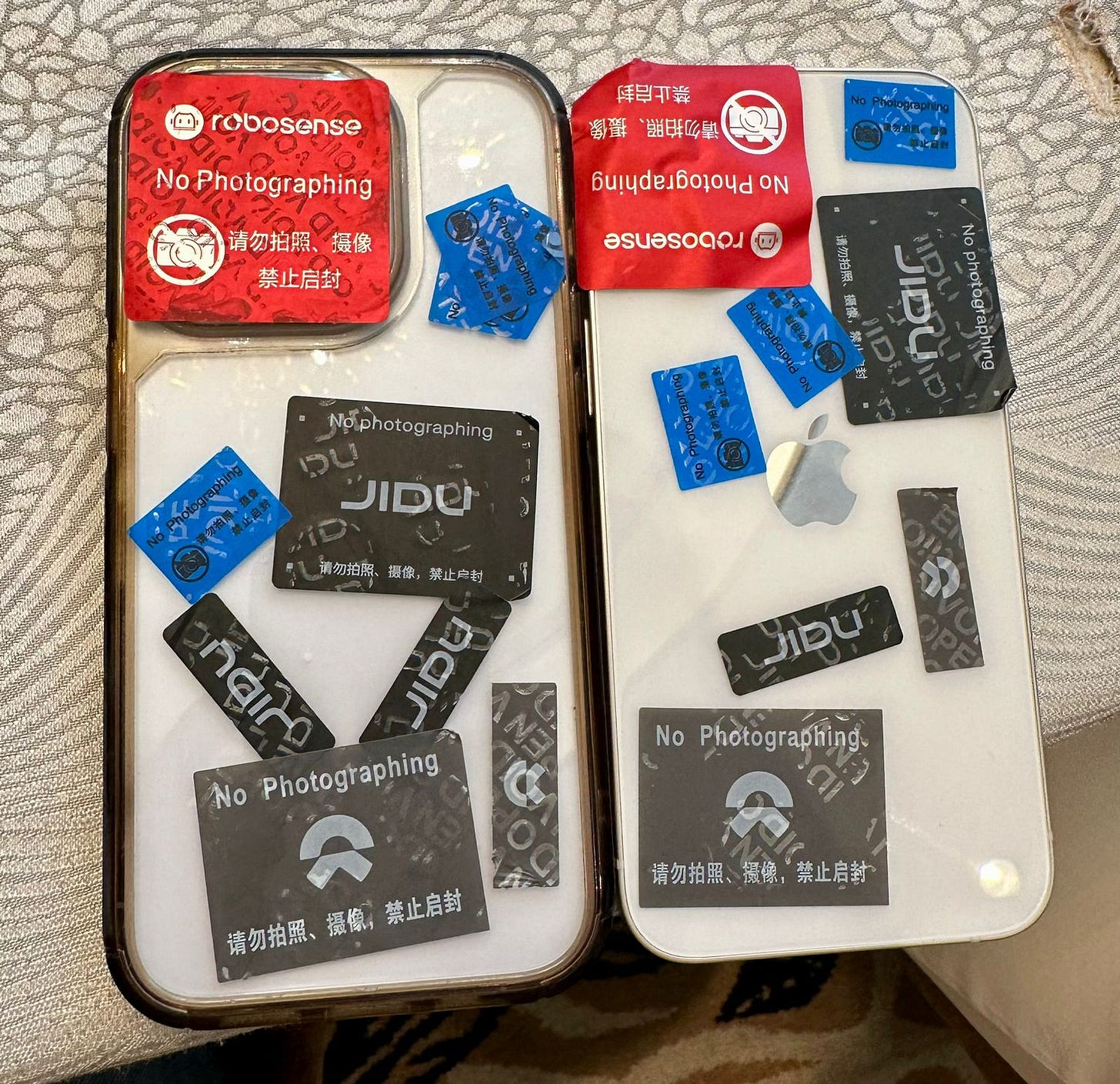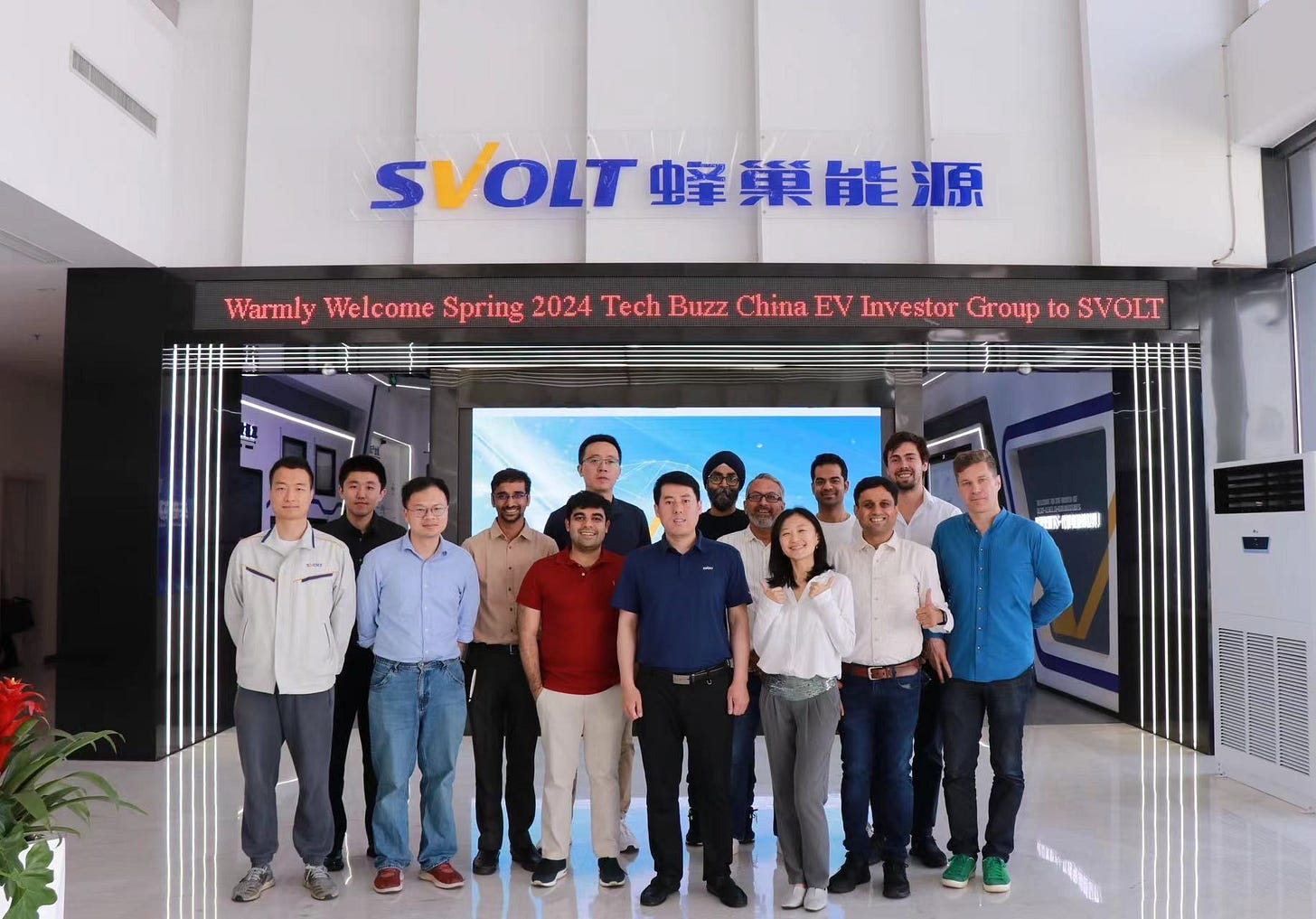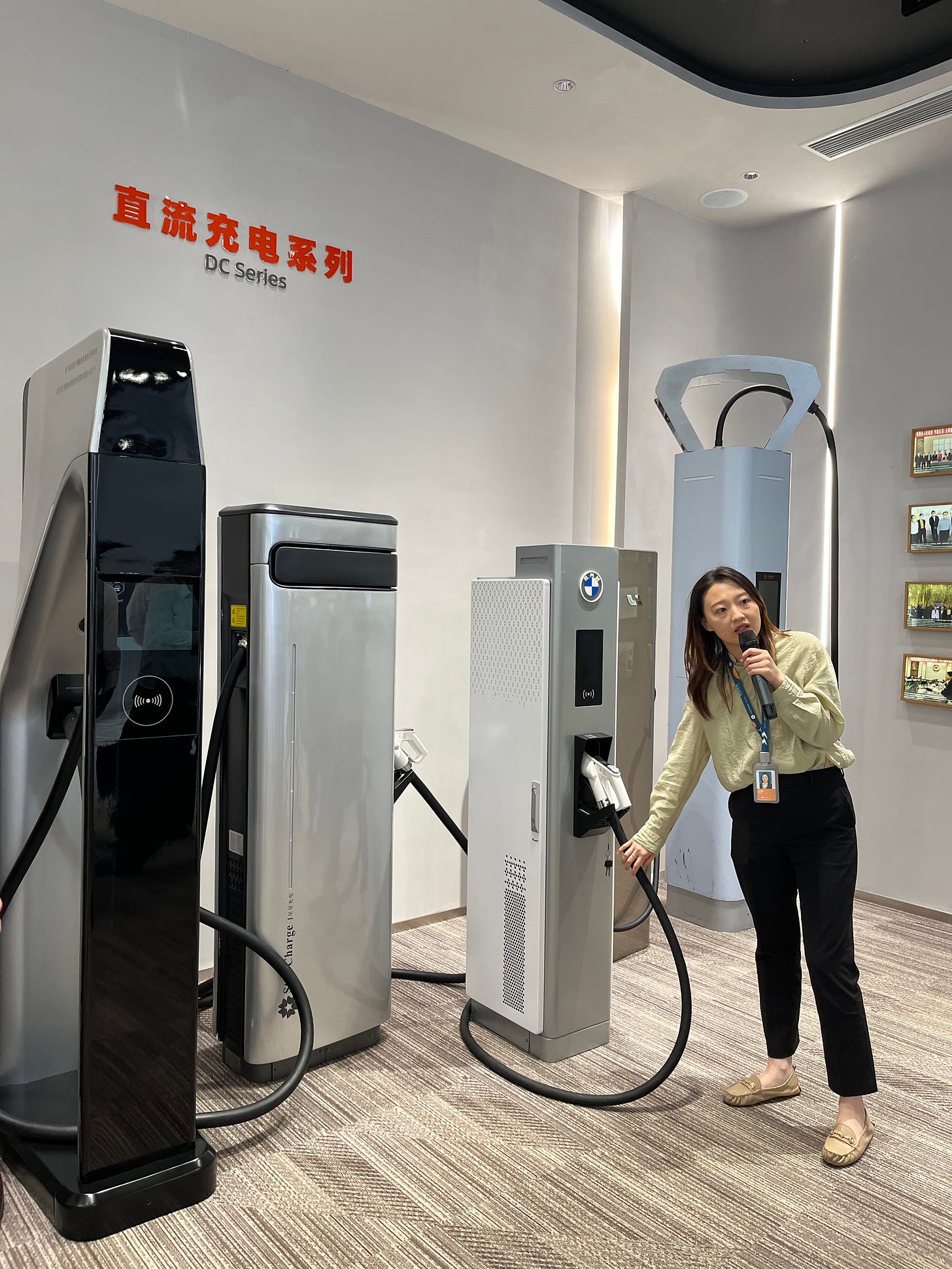Spring 2024 Tech Buzz China Electric Vehicle Trip Recap
An exciting, fruitful and unforgettable journey.
Last month, Tech Buzz China concluded its 2024 Electric Vehicle Trip, visiting 5 different cities and 8 different firms across the EV supply chain all in one week. Deeply informational and exhilarating, this trip allowed our investors to gain a uniquely comprehensive and on-the-ground understanding of one of the most consequential technological sectors in the world right now.
The trip was led by Lei Xing, Former Chief Editor at China Auto Review and Independent Industry Consultant/Analyst, and Freya Zhang, EV Research Editor/Analyst at Tech Buzz China. Steven Sun Zhao, an associate at Tech Buzz China, traveled with us throughout the trip and provided significant assistance.
Lei commented that the trip was extremely enlightening, even for someone like him who has been closely watching the Chinese auto industry for nearly 25 years, not to mention the investors who were visiting China for the first time.
Our trip began with an unexpected delight: two proud owners of the Xiaomi SU7, Hongju Pan and Klaus Wang, drove to our hotel in Shanghai, giving us a chance to see and even test-drive one of the hottest new EVs on the market. A big shout-out to them for creating the very first "wow" moment of our journey.
Here are some key highlights and takeaways:
Electric Vehicles
In a market as hypercompetitive as China’s EV sector, it is inevitable that producers pursue whatever strategies they can to distinguish themselves from the pack. On this trip, we visited three EV firms–BYD, NIO, and Jidu. Each of these companies had clearly different visions for their products and the future of the EV industry.
BYD
We toured BYD’s massive headquarters in Shenzhen on the last day of our trip. While perhaps best known for cheap automobiles, BYD’s business strategy might be more accurately described as doing everything. We visited their huge showroom, which displays their dizzying array of patented technologies and products:
We also had the fortunate chance to try a variety of their vehicles, including the Yangwang U8, BYD’s luxury electric SUV priced at around 1.2 million RMB. Among many features, BYD claims the U8 can remain afloat in water for up to 30 minutes and has a blistering 0-100km/h time of 3.6 seconds. We can indeed confirm that the U8 accelerates very quickly, and it has a convenient in-place rotation function for tight parking lots:
I’ll end this section by noting that BYD has its own rail transit system called “SkyShuttle”, which is in use not only in various Chinese cities, but also internally in their giant headquarters. We had the chance to ride the SkyShuttle with BYD’s employees who take it everyday for work, and it was very much a smooth experience. If anything, it is clear BYD’s vision is not just the affordable EV market, but rather electric transportation in general.
NIO
NIO is one of several Chinese EV makers fighting for primacy in the EV luxury market. When we visited the NEO Park where F2 (meaning Factory 2) is based, in Hefei, their representatives made it seem that NIO’s aim was to distinguish itself as not just a vehicle brand, but also a lifestyle brand. The NIO house is pleasantly lush and modern, providing all different sorts of services and merchandise for NIO’s customers:
While it was intriguing to hear how NIO presents itself, what really differentiates NIO from its competitors is something much more tangible: its battery-swapping stations. When their cars are low on battery, customers can change their batteries at any of NIO’s automatic battery-swapping stations instead of charging their vehicle. We were able to watch the process up close, which true to NIO’s word, took less than three minutes. While the jury is still out on the financial viability of battery swapping, the fact that NIO is even willing to try it says a lot about the strength and competitiveness of China’s EV industry.
Regarding NIO’s manufacturing plant, it was astounding to witness the level of automation in their operations. (Unfortunately, no photos allowed.) We were very fortunate to have the opportunity to talk with their technical lead, who is responsible for building and in charge of the F2 operations and gain a thorough understanding of the concept of factory design and their manufacturing processes.
Jidu
Jidu is a joint venture luxury EV maker between Geely, a Chinese automotive manufacturer, and Baidu, the Chinese Internet giant. We visited their headquarters in Shanghai, and while the firm takes pride in design–one of the first things we saw was their wall of car design awards–throughout our visit, Jidu made clear that they saw themselves as not just a vehicle, but also an autonomous driving firm, which is perhaps unsurprising given Baidu is a parent company. (If there is a common thread between all three of the EV firms we visited, it is that every one of them considers themselves to be more than a car manufacturer.)
Drawing upon Baidu’s AI expertise, Jidu invests intensely into R&D for autonomous driving, and like Tesla, they have made the interesting decision to eschew LiDAR technology in favor of a purely vision-based algorithm. During our visit, we had the privilege of talking extensively with Frank Wu, cofounder and current head of design at Jidu, and Frank Liu, Jidu’s current CFO. It was deeply illuminating to hear what the firm’s leadership thought of their products, financials, and the general state of a promising but brutally competitive Chinese EV industry.
During our Jidu visit, we had the exclusive opportunity to see a top-secret, not-yet-launched model in person—a rare and privileged experience. And of course, no photos here, lol!
LiDAR
While Jidu may have believed LiDAR to be unnecessary for its vehicles, some of the other firms we went to would have disagreed. We visited Seyond in Suzhou and RoboSense in Shenzhen, which are respectively the third and second largest LiDAR manufacturers by revenue in China. For both firms, we had the chance to not just talk to company representatives and executives, but also visit their factories and understand their operations firsthand. Similarly to when we visited NIO, we were impressed by the degree of automation in their manufacturing processes, and in general automation seems to be a key trend in all levels of the EV manufacturing supply chain.
As expected, people at both Seyond and RoboSense expressed that LiDAR would remain necessary in the future, noting that the most advanced autonomous driving companies still generally used LiDAR. Yet, even among these two industry leaders, there appeared to be a divergence in how they conceptualized LiDAR as a product. While people at Seyond described their company’s LiDAR as higher in quality and portrayed this to be an important advantage, RoboSense’s representatives expressed that LiDAR would become very standard equipment in the future and thus the most important thing was to cut costs. As far as China’s LiDAR production has come–both firms noted that manufacturing costs have dropped dramatically over the years–there is still much uncertainty on how the sector will continue to evolve, and it was immensely enlightening to hear what industry insiders themselves thought about the future of LiDAR.
Batteries
Batteries are one of the most valuable components of the electric vehicle supply chain, and we had the chance to interact with personnel from two Chinese EV battery manufacturers: Gotion, headquartered in Hefei, and SVOLT, located in Changzhou. In doing so, our investors were able to glean valuable insights into what Chinese battery companies think of potential technologies such as solid-state and sodium-ion batteries, as well as what they think of the industry’s current competitive landscape with CATL still by-and-far leading the pack. In particular, we were able to visit one of SVOLT’s large factories in Changzhou, where one of their VPs explained each step of the battery manufacturing process as we walked through the plant. Overall, the EV battery industry is still very much dominated by Chinese firms, and interacting with them in-person was invaluable towards better understanding the sector and its future.
Charging
Star Charge is a firm in Changzhou that provides both hardware and software management for EV charging stations. When we visited Star Charge’s headquarters, our investors had the chance to see their EV charging technology up close and have any questions answered. Also impressive is Star Charge’s software: because Star Charge helps digitally manage so many charging stations across China, they have access to a formidable amount of up-to-date national data on EV charging. Their data was beneficial in not only helping us learn more about Star Charge itself, but also about Chinese EV consumer charging habits in general.
Concluding Thoughts
If there was any broad consensus among our investors at the conclusion of this trip, it was that China’s electric vehicle supply chain is above everyone else in its sophistication and efficiency. As an investor C. from India, puts it:
“For sure China is way far ahead of the curve versus the rest of the world. It’s going to be a great challenge for the Western world as well as India to compete with them.”
Yet, as advanced as China’s EV supply chain may already be, it is all but guaranteed that it will continue to evolve in unexpected ways. What EV makers will last, the role LiDAR will play in autonomous driving, what battery technologies may emerge–these are all great unknowns that could potentially shape the industry’s future. While no one knows the precise answers to these questions, talking to Chinese EV insiders in-person goes a long way in staying informed. This article only captures a small portion of the extensive information we were able to hear on the ground, and our investors universally expressed that this year’s trip was a powerful learning experience for them:
“We learned so much about the whole ecosystem of EVs. Not just the car itself, but the whole infrastructure behind its entire production.”
–Investor L., Argentina.
“I think every day [of this trip] has upped what we thought was possible in China and the world, and has been very eye-opening… each day has been better than the previous one. On the final day we saw BYD, and the scale of what they’ve built is truly astounding.”
–Investor K., India.
“I just returned from a mind-opening business trip to China, and I am still struck by the experience.
Our organizers took us on a compact tour to the country's most innovative EV companies. It was a trip worth every minute. From the moment I landed in Shanghai, throughout the bus trips to companies in Suzhou, Changzhou, and Hefei, up until our final Robotaxi experience in Shenzhen, I was astonished by the pace of modernization: 'China speed'.
It can be seen and experienced first-hand, as most of the integrateddigital Chinese lifestyle is now accessible
to foreigners too. (Let's forget about privacy for this moment)
What really made this trip special was the access we got to the inner workings of these EV companies. The presentations felt way more authentic than I expected
- the scale of production and speed of execution could be seen throughout each day.
Who could forget the CFO of RoboSense's humorous presentation of their incredible growth figures or JiDu's (slightly too) bold vision for an AI-Robocar?
And then, BYD's dominance in the Chinese market was a surprise to most of us.
Our organizers' local connections and excellent planning made this deep dive into corporate culture and daily life in China not just possible but very enjoyable indeed.
As they say, 'seeing is believing' - and Techbuzz trips truly make you see.
Disclaimer: Every story is told from a certain perspective. Listening to more than one version boosts making up your own mind.”- Managing Partner Dr. R., Germany.
If you are interested in deeply understanding China’s EV sector, we’d love to see you on the next Tech Buzz China trip in Autumn this year. We firmly believe that the trip is one of the best ways to gain first-hand, intimate knowledge of this rapidly growing, vital sector. Or, as R., an investor from London, put it,
“You can have some idea of how things work, but the best way is to come see it for yourself.”


